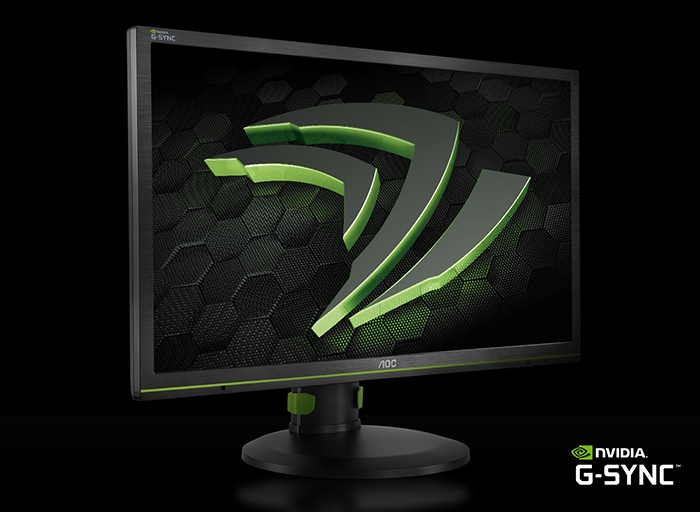

They use the GPU's hardware to improve VRR performance, but they're hardware technologies that are common to both Nvidia and AMD GPUs, which means you can use either supported by the monitor, provided one manufacturer's graphics card driver allows you to enable it for the other manufacturer's cards. In the bottom tier of Nvidia and AMD's VRR technologies you'll find improved versions of adaptive refresh, branded G-Sync Compatible and FreeSync. This can deliver a better result than plain VRR as long as your frame rates aren't all over the place within a short span of time. One step up from that is generic adaptive refresh rate, which uses extended system-level technologies to vary the screen update rate based on the frame rate coming out of the game. Best gaming TV: Low input lag and high picture qualityīasic VRR enables games to use their own methods of syncing the two rates, which on the PC frequently means the game just caps the frame rate it will allow.Best TV for PS5 and Xbox Series X, Series S.In other words, every other decision you make pretty much determines which VRR scheme you get. G-Sync and G-Sync Ultimate and FreeSync Premium and Pro are mutually exclusive you'll rarely (if ever) see variations of the same monitor with options for both. When picking a monitor, which VRR system to look for comes down to which graphics card you own - especially now when you can't really buy a new GPU - and which games you play, plus the monitor specs and choices available. These efforts range from basic in-game frame rate control to pricey hardware-based implementations like Nvidia G-Sync Ultimate and AMD FreeSync Premium. VRR enables the two to sync to prevent artifacts like tearing (where it looks like parts of different screens are mixed together) and stutter (where the screen updates at perceptibly irregular intervals). There are many ways to compensate for the disconnect between screen updates and gameplay frame rate, ranging from the brute force method of simply capping your game's frame rate to match your monitor's refresh rate to the more intelligent realm of variable refresh rate.


 0 kommentar(er)
0 kommentar(er)
